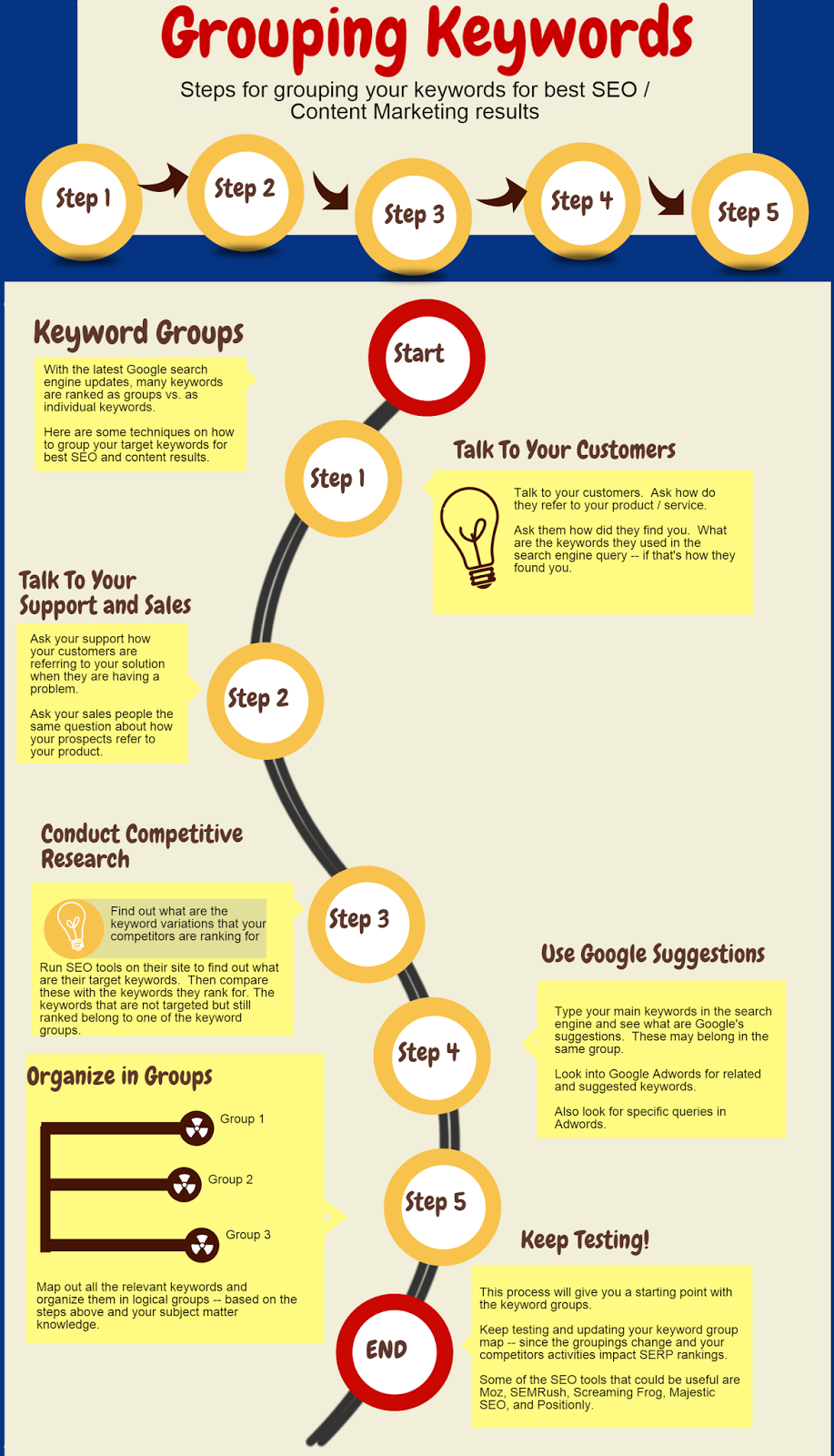Congratulations! Your web traffic is good! Now what? How do you convert visitors into business? The 5 approaches below came as a result of my own experience of running marketing in several companies, as well as from the practical feedback from my marketing colleagues.
1. Understand your traffic. Most likely your web traffic is coming from many different sources. For example, some people may be visiting your site as a result of reading a blog; some - from a banner ad at a community forum; some may be responding to an email. Each traffic type has unique characteristics that are important to understand:
- Function. IT Manager vs. CIO vs. BU Manager, etc.
- Buying cycle. Research phase (traffic source: just read a magazine article, realized had the same challenge) vs. shopping for a solution (source: read a customer testimonial at an industry forum while looking for a solution to a known problem) vs. ready to buy (source: responding to a price promotion.)
- Topic / Trigger. Visitors came to the web site after reading a blog entry on a nasty Trojan Horse vs. an article about disaster recovery vs. a promotion on your product, etc.
2. Multiple landing pages. Each traffic type requires a unique conversation with a category of prospects (based on function, topic, etc).
For example, let's say you have a group of IT managers that came to your web site as a result of reading a blog entry on the complexity of managing file servers. Sending them to the main page may disrupt that conversation. Most of them may feel tricked and will probably end up leaving. Instead, a simple landing page continuing the discussion, perhaps explaining how this complexity can be solved with a practical implementation, would retain them and encourage to continue exploring the site.
It is important to have as many landing pages as necessary for a meaningful traffic segmentation (based on unique types of conversations) and driving them to a logical conclusion (more info, trial, contact, purchase, etc.) Many content management and marketing automation tools (like
Marketo,) can help in accomplishing this quickly and easily.
3. Unique messages. Each landing page requires a specific message to continue the unique conversation started at the lead generation phase. The message should take into account all the factors from above.
For example, if visitors are coming as a result of reading an article on the risk management in CIO Magazine, you want a landing page with an "executive" look and feel, focused on best practices for solving this problem, and not getting into too many technical details. It is also a good practice to speak to several of your CIO customers to craft this message.
For a number of webmasters coming from a blog entry on solving Apache web server performance issues, you may want to have a landing page that is be fairly technical and specific. Again, I would suggest talking to a couple of webmaster customers to craft the message.
4. Unique elements. You probably already have a collection of elements, such as videos, podcasts, white papers, blogs, customer testimonials, etc.
Each landing page needs the elements that are appropriate for its audience. The best way to find right elements is to talk to your existing customers fitting the profile. This can be an eye opening experience.
For example, one of my customers told me that most of the elements we were planning were irrelevant for him. He told us that many SMB IT Managers typically look for product screenshots first. If they like them, they continue browsing. After verifying this point with a few other customers with the same profile, we ended up giving screenshots a very prominent position on the page. Very quickly it became the most visited element for the whole site. The landing page ended up having a great conversion rate.
Another very successful element we added as a result of a direct customer feedback was a "sandbox" for a cloud product we were marketing, where IT managers could play with the product in a "sandbox" environment.
5. Unique call to action. For this step, it is important to understand prospects' phase in the buying cycle. If they are just researching, a big red "BUY NOW" button will most likely turn them off. However, "watch a video" or a "free trial" may work well for them. Alternatively, if the traffic is coming as a response to your "30% off" promotion, you may want to have the "buy" button in a more prominent location.
These are just 5 ways of increasing your web site conversion rates. These steps require a bit more planning and execution from your marketing team than usual. However the conversion rates and revenue results are well worth it.
There are important steps like monitoring, measuring, and adjusting pages and campaigns that I did not discuss in this entry. I will try to cover these in a future
hack marketing blog entry.
Please feel free to leave your comments and suggestions of other conversion approaches that have worked for you.
 After receiving several email requests to share the best practices on how to group keywords, I decided to write a blog on that subject. It also gave me a chance to play around with a new infographics maker tool called Piktochart.
After receiving several email requests to share the best practices on how to group keywords, I decided to write a blog on that subject. It also gave me a chance to play around with a new infographics maker tool called Piktochart. 
















